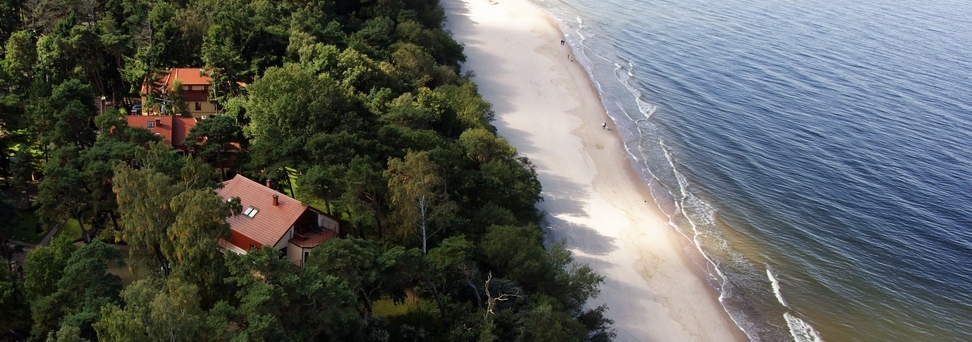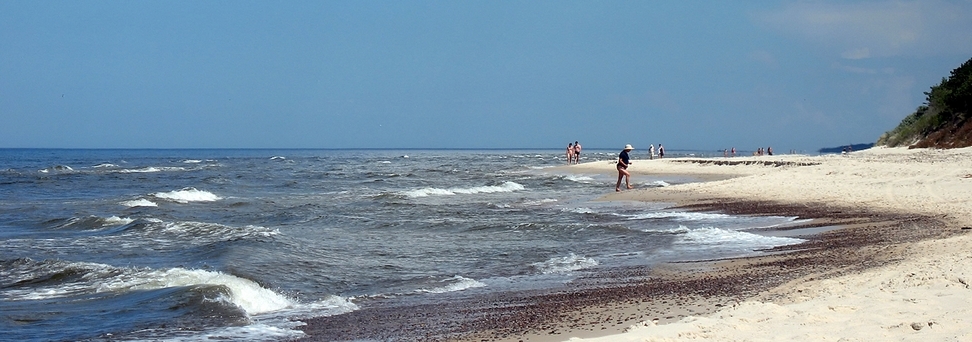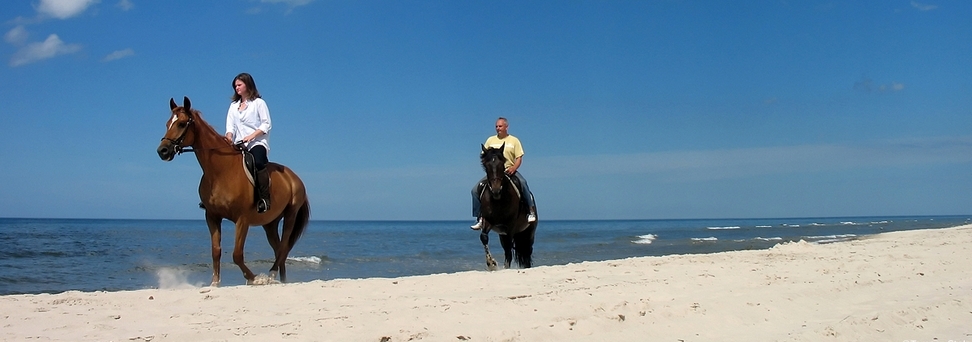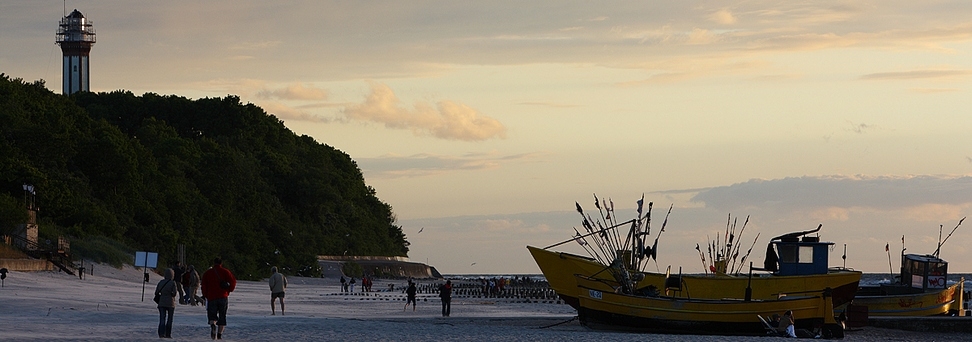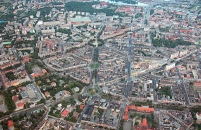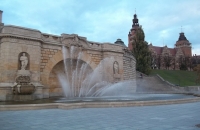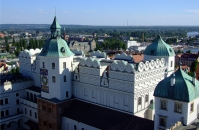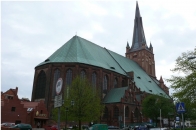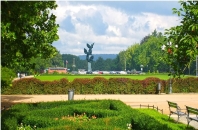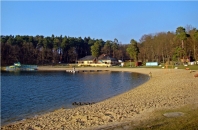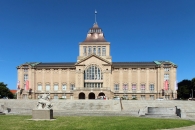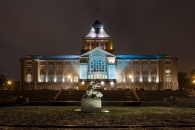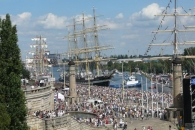One of the greenest cities in Poland - above 20% of its area is covered with parks and green. Popular for its port and impressive architecture. The city‛s history begins in the VIII century as a Slavic Pomeranian stronghold, built at the side of the Ducal castle. In XII century it lost its independence and was assimilated by settlers comming from Western European states. In the late XIX century Stettin became an industrial town. After the WW II Stettin was renamed Szczecin, and became a part of Poland.



